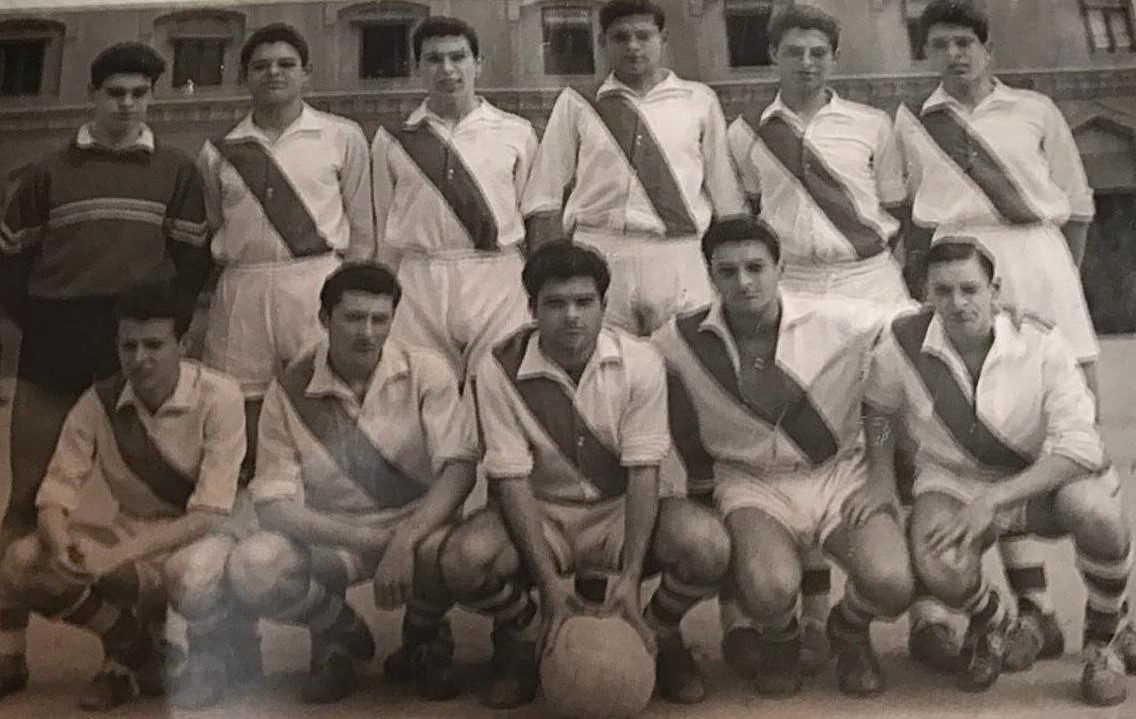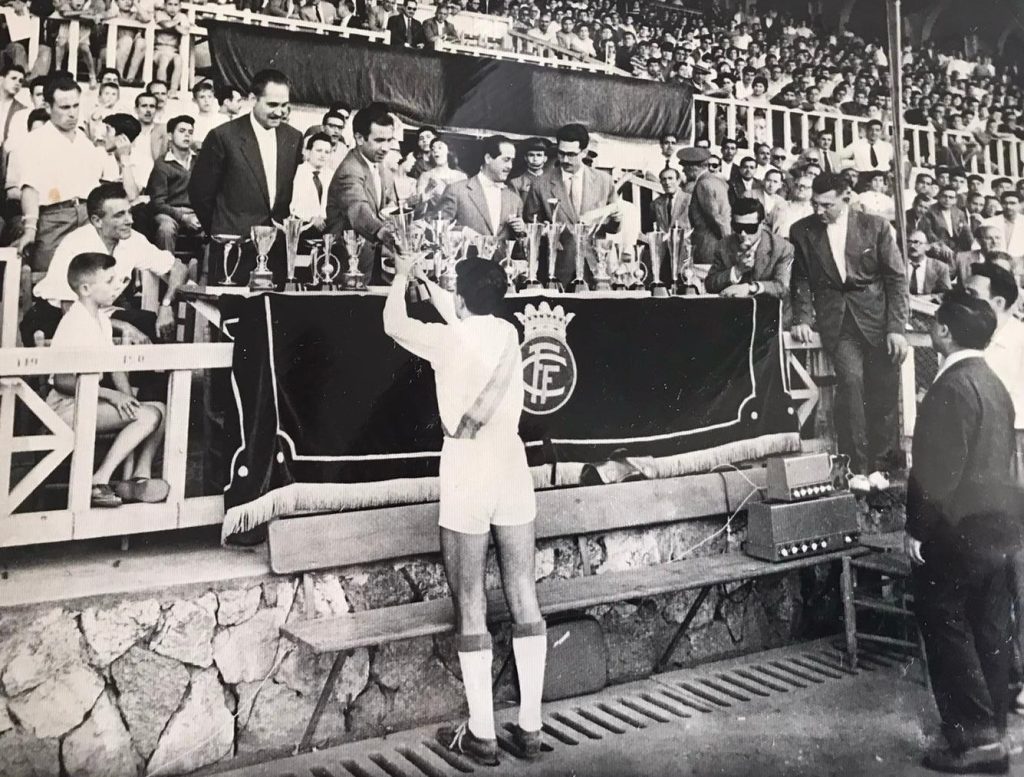The Unió Barcelonista Catalonia was founded on 19 March 1950 by Mr. Eduard Compte Bosch , and initially its name was CF Cadells, as explained by the penya itself: ‘The anecdote arose when registering the team at the police station, where the official on duty did not accept the first name because it was written in Catalan. So, it was registered with the name Catalonia, which apparently seemed English to that man, so it was accepted’.
Eduard Compte was the president of the organization from its foundation until 1970. He was succeeded by Joaquim Borràs and Lluis Bassas. In 1980, Xavier Comenges was elected president, who held the post until his death in August 2019. Currently, the presidency is held by Josep Manel Pastor, who has been in charge of the Eixample Section for more than 20 years.
Focused on sporting and human training
This is a sports club that began in the Escola Industrial field with a single football team until 1957, when it had four teams. It had only one amateur team and it was not until 1990 that the penya really expanded with the reopening of the Secció Eixample and the extension of teams to Llars Mundet, with the help of the TARR Football School. At the end of the 2019/20 season, Catalonia has 19 teams between the categories of U-9, U-11, U-13, U-15 and U-18, with a total of 450 players. They also belong to the Agrupació de Clubs i Penyes de Futbol del FC Barcelona, along with 13 other supporters’ clubs.
The penya is currently organized into two sections: Eixample Section, with headquarters at 269 Viladomat Street in Barcelona, in front of the Escola Industrial field; and Llars Mundet Section, with headquarters at the Llars Mundet sports complex, in Vall d’Hebron. During these years of existence, the entity has contributed to the training of thousands of boys and girls both at a sporting and civic level, which makes them proud when, in the course of the years, those youngsters succeed either at a sporting level or at a professional level.
One more part of the Can Batlló Factory
In addition to sporting success, the fact of playing all these years in the Escola Industrial also brings its own cultural spill, since the football field belongs to the old Can Batlló Factory, a set of modernist buildings built around 1869 and protected as a cultural asset of local interest. The factory was created by the brothers Feliu and Joan Batlló for the purpose of cotton processing. The architect Rafael Gustavino was the director of the works. At the beginning of the 20th century, the complex was converted into the Escola Industrial, which became part of the Barcelona Provincial Council. Today, the site houses the offices of the Provincial Council, the Labour School, the Sant Jordi swimming pool and the football pitch.







